23. Book Review: Ancient Map for Modern Birth
Ancient Map for Modern Birth
by Pam England
In "Ancient Map for Modern Birth," Pam England takes readers on a profound journey through the stages of preconception, conception, pregnancy, birth, and postpartum. England emphasizes the importance of navigating this journey with knowledge and intention, likening it to following a map that clears the path and offers guidance.
“When your childbearing year becomes a heart journey, you will not just be birthing your child; all along the way you will be birthing a new self.”
This quote encapsulates the transformative nature of the childbearing experience, as each birth not only brings forth a new life but also a new version of the mother.
Chapter two resonated deeply with me, particularly England's comparison of labor to a labyrinth—a continuous, winding path that challenges one's sense of direction but ultimately leads to the center. Unlike a maze with dead ends and choices, the labyrinth's twists and turns symbolize the unpredictability of labor, where every step is both familiar and new, no matter how seasoned a mother might be.
“She knew that answering it would disrupt her life’s rhythms and relationships and bring uncertainty. Like hearing a drum beating in the distance, it’s possible to ignore such a Call for a while, but they persist until answered. When Inanna’s heart was ready, she accepted her Call. ”
This passage struck a chord with me as I reflected on my own experiences with pregnancy, birth, and postpartum. Each journey has required me to shed old layers and embrace a new identity—a transformation driven by the needs of my baby, myself, and our evolving family dynamic.
The question, “Who are you?” reverberates throughout the chapter, compelling me to explore my identity as a woman, mother, wife, and a follower of my faith. It challenges me to understand why I am drawn to holistic, ancestral ways of living, birthing, and raising children in a technocratic society. This deep calling, despite misunderstanding and ridicule, guides me to stay true to the path I believe in.
“Your inner voice of doubt may be asking: ‘Is this a good idea? Are you strong enough, smart enough, or brave enough to do this? What will people think of you if you do this? What will people think of you if you fail? Is there another way?”
These questions of doubt are universal, and England's guidance on living out the questions God places in our hearts is invaluable. The challenge of waking up each day with intentionality, while difficult, is immensely rewarding.
“Be mindful of the company you keep and the birth stories you listen to since what you trust or distrust about birth will be reinforced or not by the attitudes and beliefs of people around you and the resources, such as books and documentaries, to which you are exposed.”
This advice is crucial, emphasizing the influence of our surroundings on our beliefs and experiences.
Pam England’s "Ancient Map for Modern Birth" offers a fresh and creative perspective on preparing for birth and postpartum. The birth art ideas are a unique way to mentally, emotionally, and spiritually prepare for the journey ahead. Envisioning birth as the center of a labyrinth and postpartum as the path out helps to frame the experience as one of continuous navigation, requiring time, grace, and forgiveness. This book is a valuable resource for anyone seeking to approach childbirth with a holistic and mindful perspective.
Stay Wild & Free,
-Brandy
Want to learn how to have an undisturbed birth?
>>CLICK HERE<<
to dive into this complimentary guide, unraveling the secrets of key hormones that orchestrate the symphony of childbirth, and discover 10 invaluable tips for crafting a birth plan that celebrates an undisturbed journey.
Let the wisdom of hormones guide you to a birthing experience that is both empowering and seamless!

